What Breaks Your Heart About Creating Art?
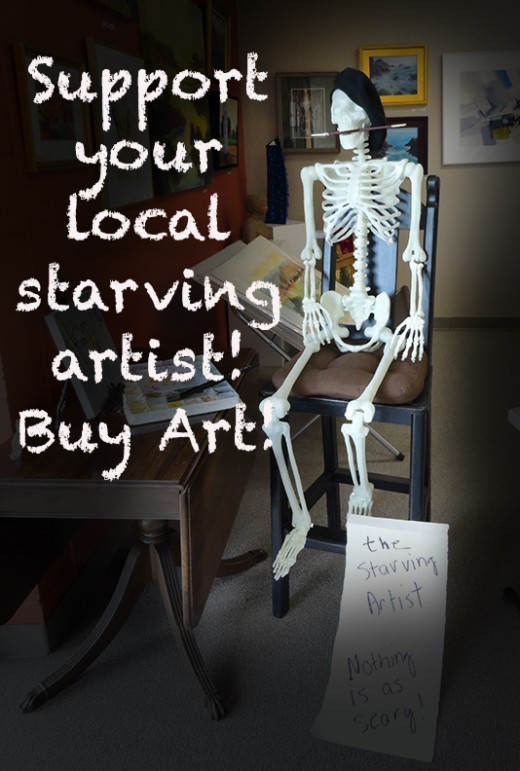
The Question
Recently I asked a number of my friends this question: What breaks your heart about your art (visual, musical, or writing) and how people see you/see it?
The responses were very profound and totally relatable. I have felt all these emotions at one time or another and learned to deal with them and even overcome some of them.
Art is meant to disturb the comfortable and comfort the disturbed.
— Unknown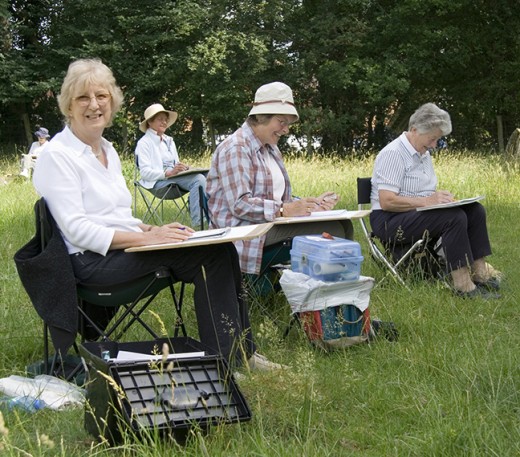
Copyright Infringement
Mary: It’s always frustrating when someone copies my work to sell.
It is true this is very annoying especially when we are talking about the average local artist who hasn’t the means to hunt these people down and prosecute. I think the only way I have gotten past this dilemma was to remember that it is more embarrassing for someone to have to copy from someone else than to be the one copied from. Also, I should feel honored that someone thought my work good enough to warrant copying.
A man is a success if he gets up in the morning and gets to bed at night, and in between, he does what he wants to do.
— Bob Dylan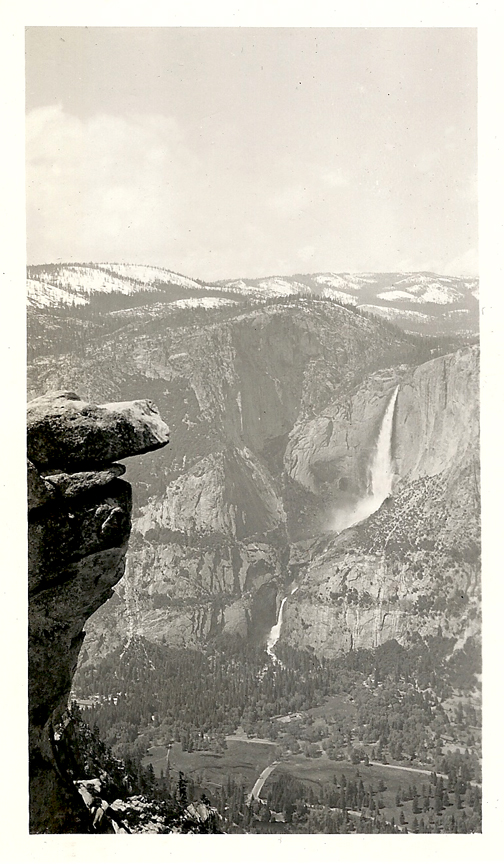
Time and Patience
Becky: It’s tough when I don’t have enough alone time to really immerse myself in my art. Sometimes, I want to sit in one spot for as long as it takes to get a great shot, but my body and mind feel rushed.
This is something we are all feeling in this rush, rush, rush society today. I can imagine the great Ansel Adams a hundred years ago, just sitting on a cliff face waiting for the light to be just right to get one of those iconic Yosemite photographs that he is famous for. But not many people have the time and wherewithal to do that today. We have jobs and families that pull us away, not to mention, phones, social media, and devices always calling for our attention. It is a rare person who can turn it all off and wait for that perfect lighting, that perfect moment, that perfect mood to capture. That kind of photography and art should be even more revered today that a hundred years ago for the sheer rarity of perseverance to capture it.
As for myself, I have to deliberately tune everything and everyone out to be able to immerse myself in my art. At one point my mother thought I had a severe hearing problem because I literally could not hear her calling me but the doctors didn’t find any evidence of it. I simply have the ability to tune out when I’m in another world with my art. Mom called it selective hearing. I call it selective deafness and focus.
Every artist dips his brush in his own soul, and paints his own nature into his pictures.
— Henry Ward Beecher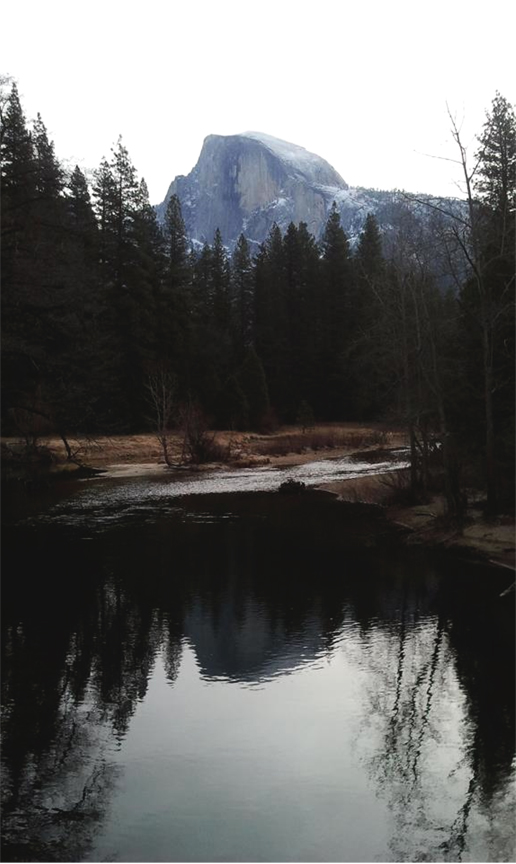
Would you wait for hours for just the right photo shot?
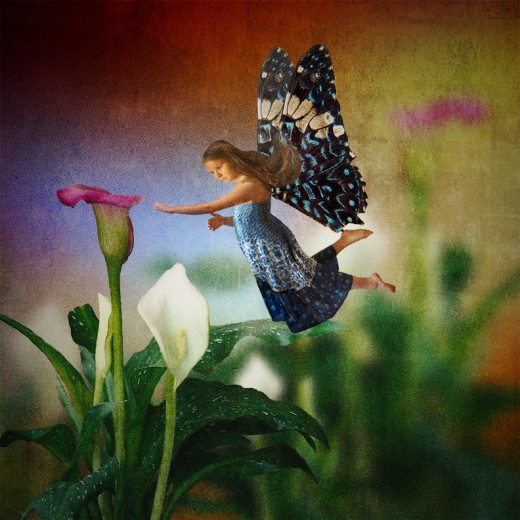
The CRAP Syndrome
Ruth: I hate it when I have no clue what I’m doing, and I’m doing it anyway. Sometimes it feels like artistic talent, and other times it feels like I just turn out CRAP.
I feel like that every time I start a new canvas. I stare at the pure white and I’m sure I have no idea what I’m doing. It might as well be the first thing I ever painted. The CRAP syndrome is especially strong when I just spend a boatload of money on a new canvas for on the perfect watercolor paper and I’m afraid I will ruin it and waste money. I remember reading that story that Winston Churchill wrote about his first real exploration into the elusive universe of painting. He called it the Power of the White.
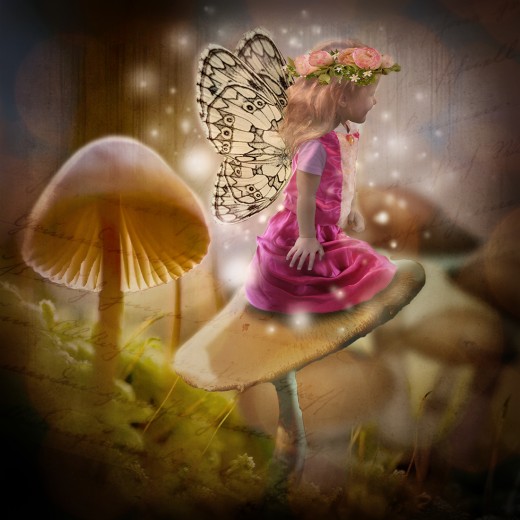
We have art so that we shall not die of reality.
— Friedrich NietzschePower of the White
It happened after the war when Churchill was at home and idle. Being a man of action, he never liked being idle for long so he thought painting would be a good diversion. He had always wanted to try painting, so he sent his butler to the store for all the materials and then set them up in the garden. When he looked for the first time at all the paint and brushes and the pristine white canvas, he became paralyzed. Where to begin? What if I ruin it? What if it turned out to be CRAP? So there he sat with thoughts of doubt until people began arriving for tea. Lady Churchill had invited a few friends over for tea. One large lady spied Churchill out in the garden and instead of going inside, she waddled out to where he was. When she got close enough to see his painting accouterments, she asked what he was doing. He really didn’t want anyone to see him and was annoyed by the questions, so he grumbled, “What does it look like I’m doing?” But she could see he was doing nothing and she laughed. Trying to be of help she snatched the brush from his hand swirled the colors together on his pallet to create a brown goop and made three muddy swipes across his perfect white canvas, then turned and walked back to the house. He was appalled. In his autobiography, he stated that if he had had his wits about him he would have tackled her to the ground and beat her about the head and shoulders. However, as the mud slowly dripped down his canvas, he realized she had done him a distinct favor. Now, anything he painted would be an immediate improvement. She had destroyed the Power of the White.
When I’m teaching, I try to help my students by reminding them that when they get home they will want to paint and think that they cannot do it without me because the white will paralyze them. They must destroy the power of the white to create anything. You must make a mark or sign your name or anything to mar the surface so the white no longer is paralyzing.
We delight in the beauty of the butterfly, but rarely admit the changes it has gone through to achieve that beauty.
— Maya Angelou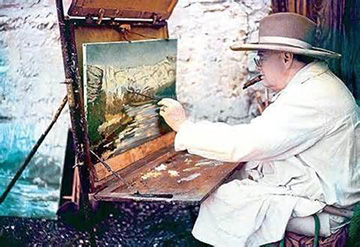
Final Thoughts
We all think what we are doing is going to be a disaster but it is practice and experimentation that makes any artist worth his/her salt. So keep making crap. Treasure comes out of that.
What breaks your heart about your creative endeavors? I’d love to hear your thoughts and suggestions in the comments below.








